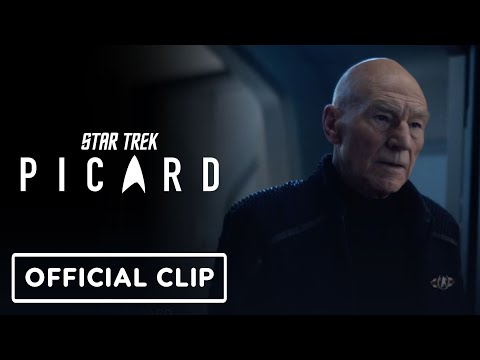At first glance, Patrick Stewart’s return to the iconic role of Jean-Luc Picard in “Star Trek: Picard” seemed highly unlikely. Having portrayed the esteemed Starfleet officer in “Star Trek: The Next Generation” and its subsequent movies, Stewart believed Picard’s narrative arc had reached its natural conclusion with “Star Trek: Nemesis.” However, the persuasive efforts of Alex Kurtzman and Akiva Goldsman, alongside other series creators, eventually saw him reprising his role under a set of stringent conditions aimed at preserving the integrity and evolution of his character.
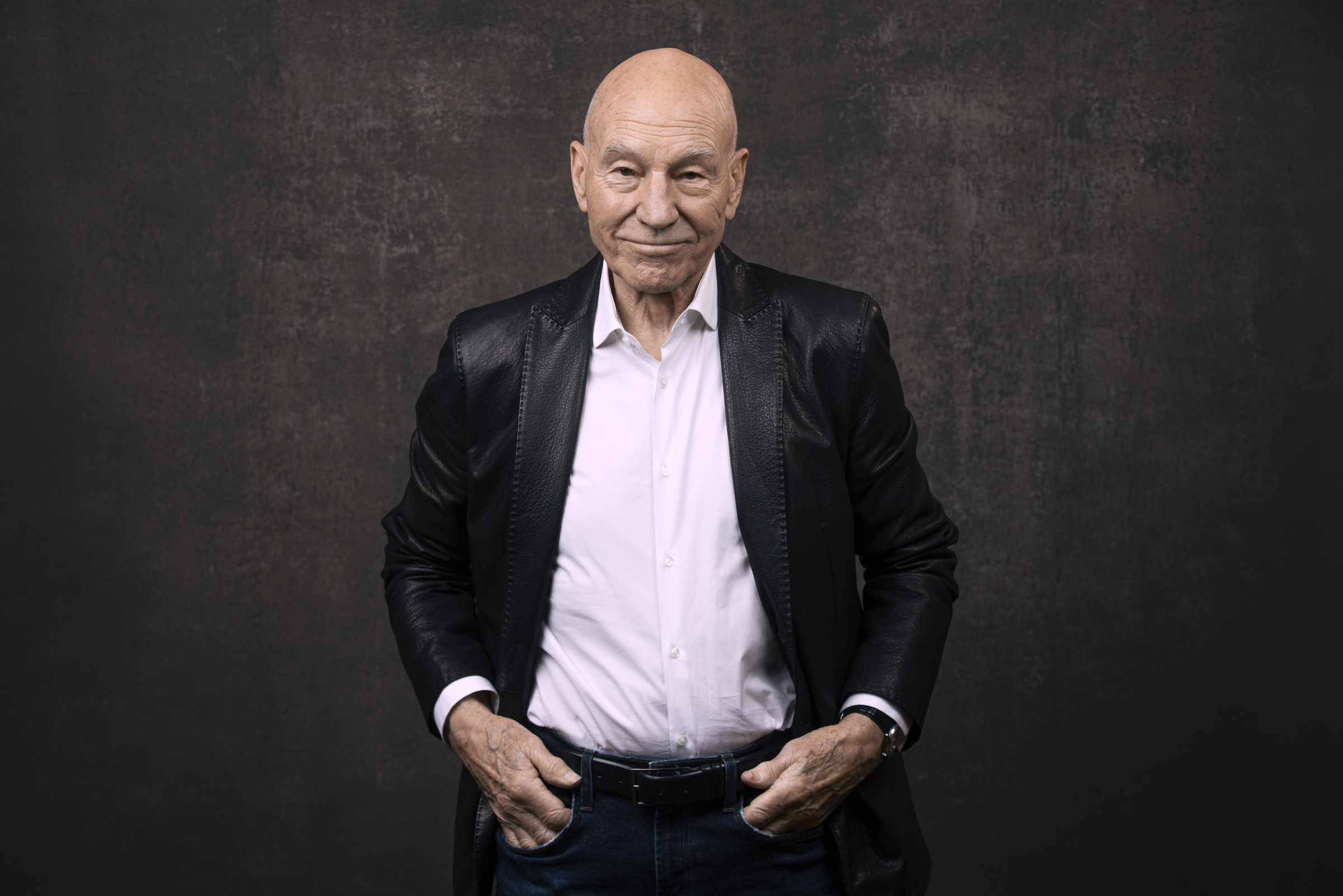
Establishing Ground Rules
From the onset, Stewart was adamant about not diluting Picard’s legacy. His primary stipulation was clear: the series should not become a mere reunion for the cast of “The Next Generation.”
I wanted it to have little or nothing to do with [the original cast]. This was not at all a mark of disrespect for my beloved fellow actors. Rather, I simply felt it was essential to place Picard in entirely new settings.
This condition was honored in the first two seasons, with only sporadic appearances from beloved characters like Data, Riker, and Deanna. These cameos were not central to the series’ plot but served more as poignant nods to the past, blending nostalgia with new narratives.
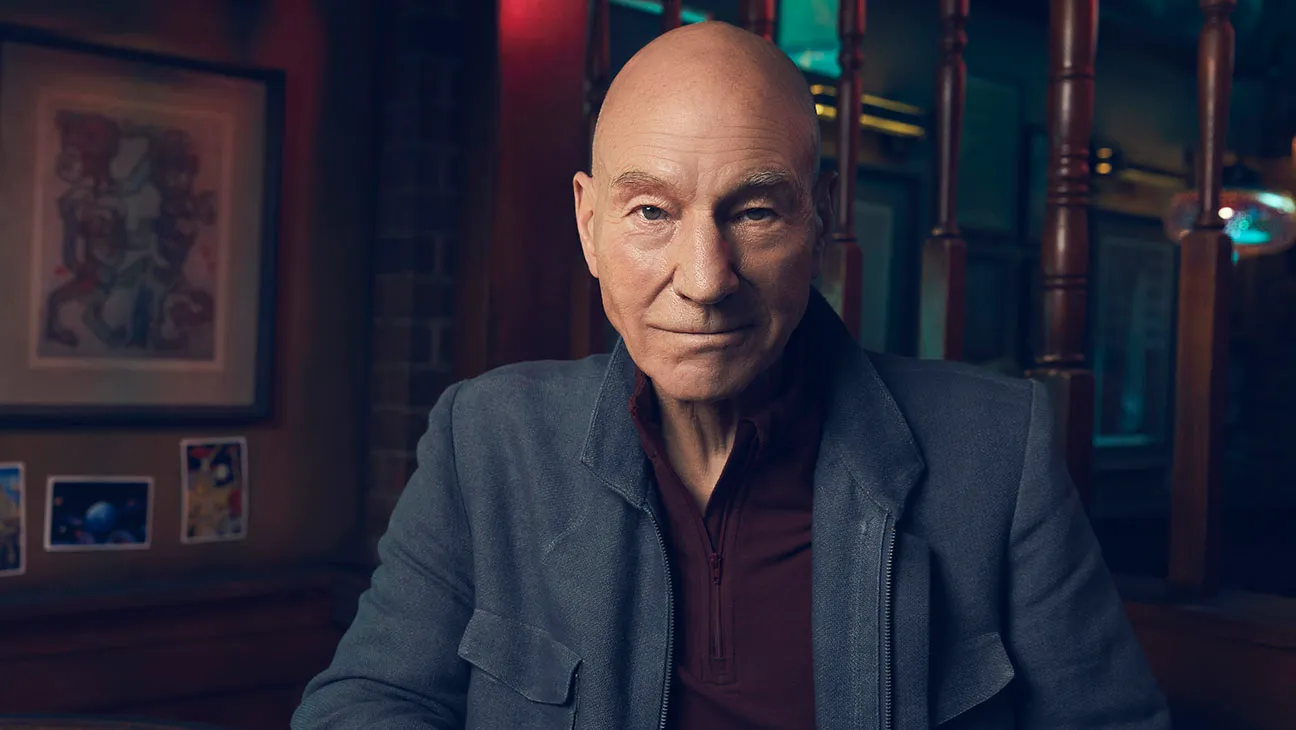
A Shift in Stance
By the third season, a significant shift occurred. Terry Matalas, now the showrunner, communicated a change in direction backed by Paramount: they sought a full reunion of “The Next Generation” stars. Initially resistant, Stewart’s perspective had evolved over the series’ run, softened by his positive experiences working with former cast members like Jonathan Frakes, Brent Spiner, and Marina Sirtis. Acknowledging this change, Stewart wrote,
Ugh, just what I had firmly said I didn’t want. But that had been three years ago. Now I was less resistant, having enjoyed working with Jonathan, Brent, Marina, John, and Whoopi.
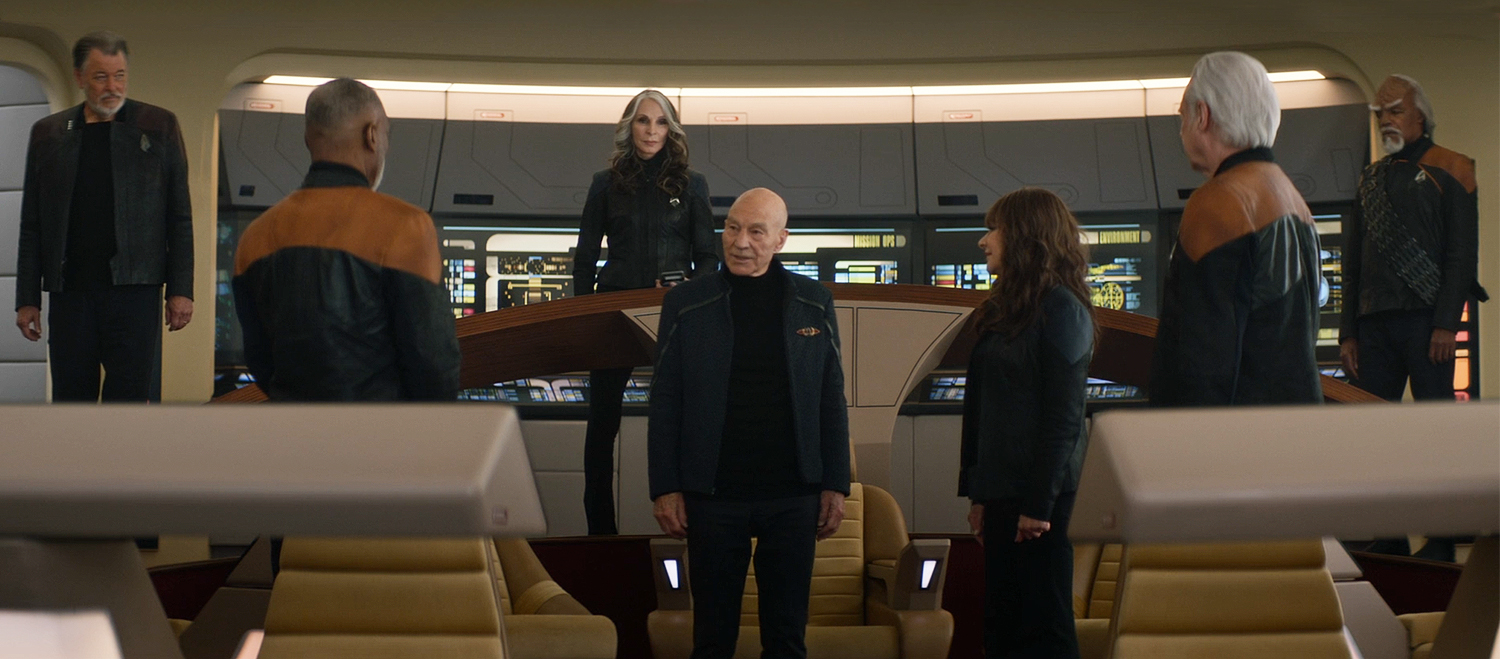
The TNG Reunion Unfolds
The reunion Stewart had once opposed became a central theme in the third season. The premiere episode set the stage, with Picard receiving a distress call from Dr. Beverly Crusher, his former lover, involving their son. This personal crisis reunites Picard with key members of his old crew, including LeVar Burton’s Geordi La Forge and Michael Dorn’s Worf, among others.
Interestingly, another of Stewart’s rules—no uniforms—was also adjusted. While Picard himself wore civilian attire, some characters donned the iconic black and gold Starfleet uniforms, blending the old with the new and symbolizing a bridge between past and present narratives.
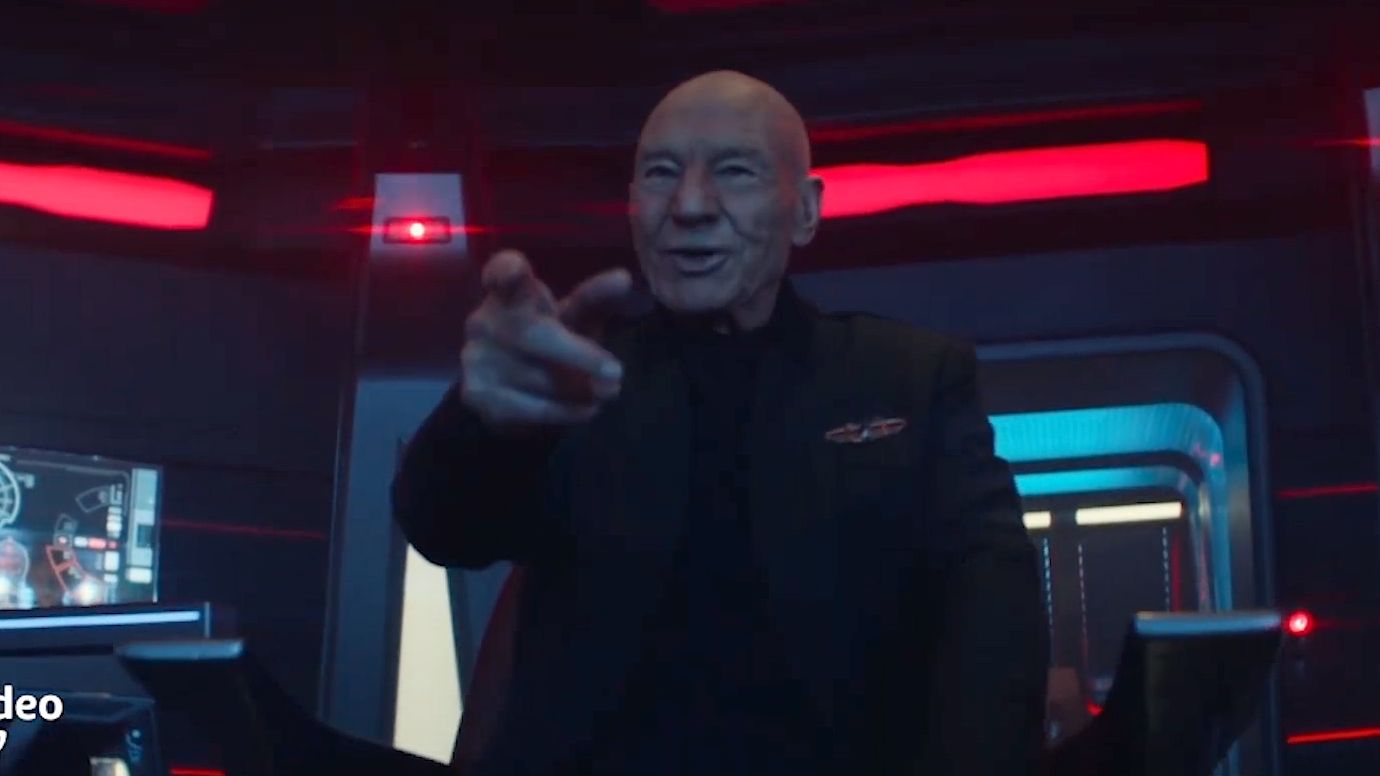
Conclusion of an Era
Stewart’s third condition—to conclude the series after three seasons—ensures that “Star Trek: Picard” does not overstay its welcome, allowing the series to maintain its quality and focus. This decision underscores Stewart’s commitment to preserving the series’ integrity and ensuring that it remains a worthy continuation of Picard’s story.
In retrospect, “Star Trek: Picard” not only revisits beloved characters but also introduces new dynamics and challenges, illustrating the evolution of not just Picard but Patrick Stewart himself. Through concessions and adaptations, the series has managed to satisfy both old fans and new, creating a fitting tribute to the enduring legacy of both the character and the actor who portrays him.

